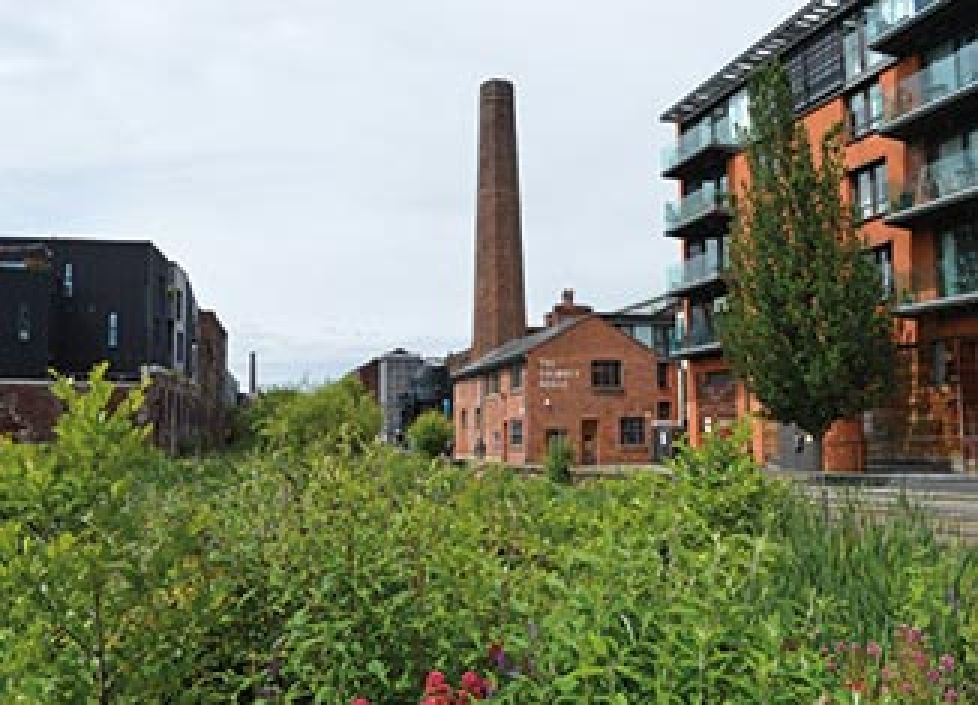Over the past few months there have been numerous reports regarding the rise in demand for larger properties that are preferably further away from the big cities, not just in the UK but globally. While there are obviously a lot of extra costs involved when selling and then buying a new home, the move to a larger home is much easier for tenants who, according to recent figures, are currently quitting London in droves.
Most of these tenants, many of whom have been given permission by their employers to work from home for the foreseeable future, are heading to the regions, Wales and Scotland in search of bigger homes and gardens in both suburban and rural areas, spurred by the miserable experience of living through a four-month lockdown in a tiny flat with limited or no outdoor space.
Home.co.uk released an in-depth analysis of this rapidly changing rental market in mid-November, detailing supply changes, time on market and rent changes. The study found a dramatic increase of more than two thirds (68%) in the monthly supply of homes to rent in Greater London compared to a year ago, as tenants fail to renew tenancies. Moreover, the rental indicator of Typical Time on Market (up from 25 to 29 days) in the capital is now the highest of all regions, as landlords struggle to find tenants keen on city living.
Asking rents have been slashed across much of London due to this lack of demand. The current average rent in Greater London remains a hefty £2,127 a month, but this is down by 11.2% compared to a year ago. The bulk of this fall (10.5%) occurred in the last six months following the imposition of lockdown measures.
However, in the worst-hit boroughs some landlords have dropped their rents by twice as much and over the last year rents have fallen in the City of London by 28.8%, in Hammersmith and Fulham by 23.5% and in Kensington and Chelsea by 22.5%. Meanwhile, in the low-density leafy suburbs of the capital, rents are rising. In Bexley, Havering and Croydon rents are up 4.2%, 4.6% and 6.7% respectively.
Greater London is the only English region to see rents fall over the last year and the South West is one of the most popular destinations for renters in the capital to move to. As a result, rents in the South West have risen by 8.3% over the year to their current average of £1,065. Most of this rise (7.9%) came in the last six months, amid the pandemic. In addition, landlords in the South West are finding tenants far quicker than last year. The Typical Time on Market is just 13 days, four days fewer than last year’s average.




















